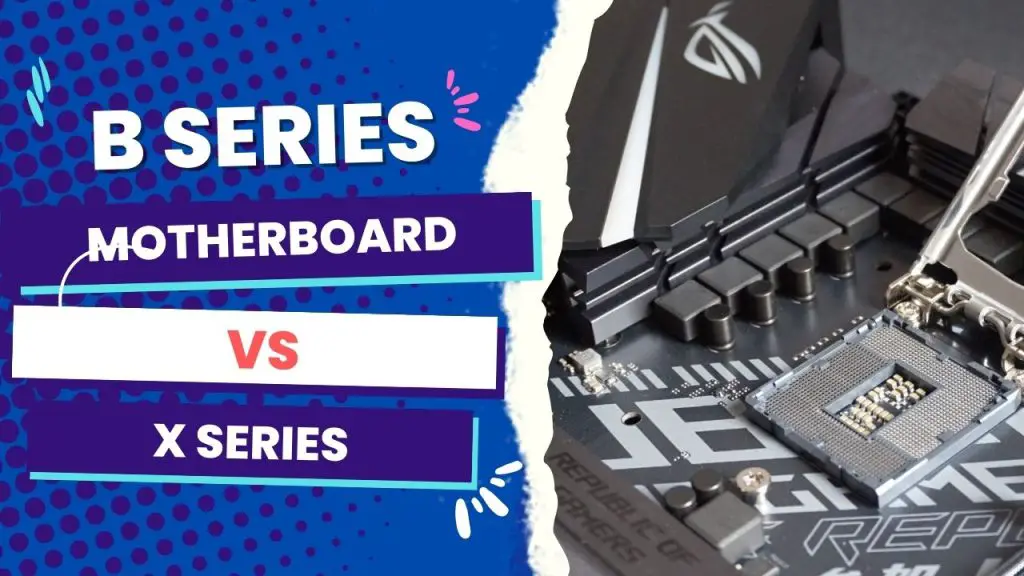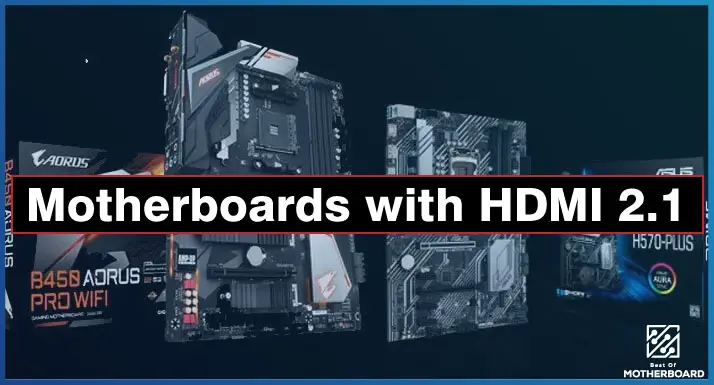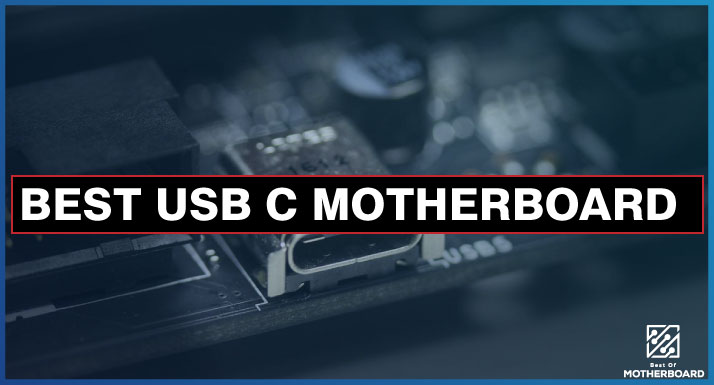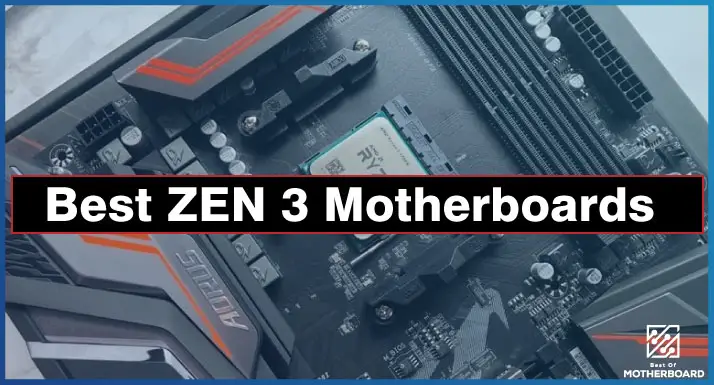B-series motherboards are suitable for mainstream processors and offer limited overclocking support, fewer PCIe lanes, and lower Ethernet speeds. X-series motherboards are designed for high-end desktop processors and provide full overclocking support, more PCIe lanes, and higher Ethernet speeds.
The advantages of B-series motherboards include low cost and the absence of a fan to cool the chipset. However, they fall short of the X series in terms of future compatibility, PCIe slots, and VRMs. There is another thing you need to be aware of if you are having trouble choosing between these two chip types.
To begin with, the B series motherboards may not be suitable for home or gaming use because it has ports and connectors designed specifically for business use. The X series, in contrast to the business-oriented motherboard, is a gaming or high-end motherboard with additional functionality such as overclocking and newer connectors.
We will compare B series motherboards and X series motherboards in terms of specifications, VRMs, and compatibility to determine which is best for your needs and why. First, let’s get acquainted with these two distinct series.
Our Top 3 B Series Motherboard
| Image | Product | Detail | Price |
|---|---|---|---|
 | ASUS ROG Strix B650-A |
| Check Price On Amazon |
 | MSI B560M PRO ProSeries Motherboard |
| Check Price On Amazon |
 | GIGABYTE B550 UD AC |
| Check Price On Amazon |
B Series Motherboard Or X Series Compared
The B and X series are chipset names used by motherboard manufacturers, and they differ between Intel and AMD. Intel uses B, H, Q, Z, and X, while AMD sticks to A, B, and X.
The B series motherboards are considered entry-level or mid-range options and in most cases do not
support overclocking or SLI. On the other hand, X series motherboards are high-end boards that can handle extreme CPUs, overclocking, and SLI. That being said, the specific capabilities of each series vary based on the exact model you’re looking at, as some B series motherboards may offer limited overclocking or SLI support, and some X series motherboards may lack certain features.
Our Top 3 X Series Motherboard
| Image | Product | Detail | Price |
|---|---|---|---|
 | GIGABYTE X670 AORUS Elite AX |
| Check Price On Amazon |
 | ASUS AM4 TUF Gaming X570-Plus |
| Check Price On Amazon |
 | ASUS ROG Crosshair X670E Hero |
| Check Price On Amazon |
I have discussed and compared both motherboard series below:
Specification
| Specification | B-Series Motherboard | X-Series Motherboard |
| Socket | LGA1151, LGA1200 | LGA2066 |
| Processor Support | 8th, 9th, and 10th Gen Intel Core | Intel Core X-Series |
| Memory Support | DDR4, up to 64GB | DDR4, up to 256GB |
| PCIe Slots | Up to 4 PCIe 3.0 x16 or x8 | Up to 4 PCIe 3.0 or 4.0 x16 or x8 |
| M.2 Slots | 1-2 | 2-3 |
| SATA Ports | 4-6 | 6-8 |
| USB Ports | 6-10 | 10-14 |
| Ethernet | 1 Gigabit | 1 or 2.5/5/10 gigabits |
| Overclocking Support | Limited | Yes |
- B-series motherboards are designed for mainstream processors such as Intel Core 8th/9th/10th Gen, while X-series motherboards are intended for high-end desktop processors like Intel Core X-Series.
- B-series motherboards offer limited overclocking support, allowing only the adjustment of the base clock frequency, while X-series motherboards provide full overclocking support, allowing for the adjustment of both the base clock and the multiplier for more performance tuning.
- B-series motherboards have fewer PCIe lanes than X-series motherboards, resulting in the ability to connect fewer PCIe devices like graphics cards, NVMe SSDs, or expansion cards, while X-series motherboards have more PCIe lanes, resulting in the capacity to connect more devices and have more bandwidth for data transfer.
- B-series motherboards have lower Ethernet speeds than X-series motherboards, resulting in slower internet connections or network transfers, while X-series motherboards have higher Ethernet speeds, resulting in faster internet connections or network transfers.
VRMs
When choosing between the B series and X series motherboards, it is advisable to go for the one with more VRMs because it means more control over the power stability and delivery, especially when the CPU demands high power volumes. (VRM—Voltage Regulation Module—is the chip responsible for power stability on your motherboard.)
With this understanding, it is recommended to go for the X series because they tend to have more of these VRMs across many models (consider the X570, for example). Though you can look the other way if clean, stable, and efficient power delivery is not at the top of your priority list while shopping for a motherboard,
Compatibility
The technical specifications of the motherboards in the B and X series may be quite similar, but there is a gap in compatibility. This is how:
To begin, AMD has created the B series chipset, which is said to be the board of the future because it supports Ryzen 3000 CPUs and beyond. However, they don’t support Gen 1 and 2 Ryzen CPUs. But some models in the X series, say the X570, are compatible with the older guys.
In other words, you’d want to look at the X series if you need a chipset to support your Ryzen 2000 series (or older).
If you’re using Ryzen’s current batch of APUs, you might not even be able to find the perfect board in the B series (at least not the B550s).
So, which should you choose?
At a glance, both chipsets offer the same level of CPU, GPU, RAM, and single SSD performance, and both series support overclocking (AMD), so there is no point basing your decision on these.
The best way to know which chipset to go for between the B and X series motherboards is to narrow down the exact models you are trying to compare. Let’s consider the popular B550 and X570, for example.
The B-series motherboard (B550s in this case) will be a great choice if you are a gamer and will only make use of a few PCIe 4.0 lanes (for your graphics card and one M.2 NVMe SSD). It’s also not a bad decision since you won’t need plenty of high-speed USB ports.
On the other hand, the X series will be the best option if you prioritize high-speed storage devices or USB connections and multiple PCIe 4.0 expansion cards.
Many people who get torn between both chipsets are gamers. And since the B series offers pretty much everything you need for a decent gaming experience and standard gaming setup, does it make sense to save a few dollars and opt for a good B series motherboard like the B550?
Wrapping up
Again, let me reiterate that deciding between an X and B series motherboard boils down to the model, even with the extra features and high speeds. Some X-series boards are worse than B-series boards.
But with the detailed comparison in the above article, we can establish which chipset will offer a higher level of PCIe slots, more NVMe drive slots, and more back panel I/O.
B-series motherboards indeed have fewer PCI-e slots, unimpressive VRMs, and less chance of future compatibility, but the affordability and availability of essential features for a standard gaming setup are sufficient enough.
Again, it all depends on the specific models of these series. For example, I wrote most of this guide with the B550 and X570 in mind, among a few other comparable models from both chipsets.
Ultimately, you should put your gaming needs first while making a choice.
Do you think I might have left out something in this comparison between the X and B series motherboards? What factors would you prioritize when making a purchasing decision? I’ll be in the comments.




